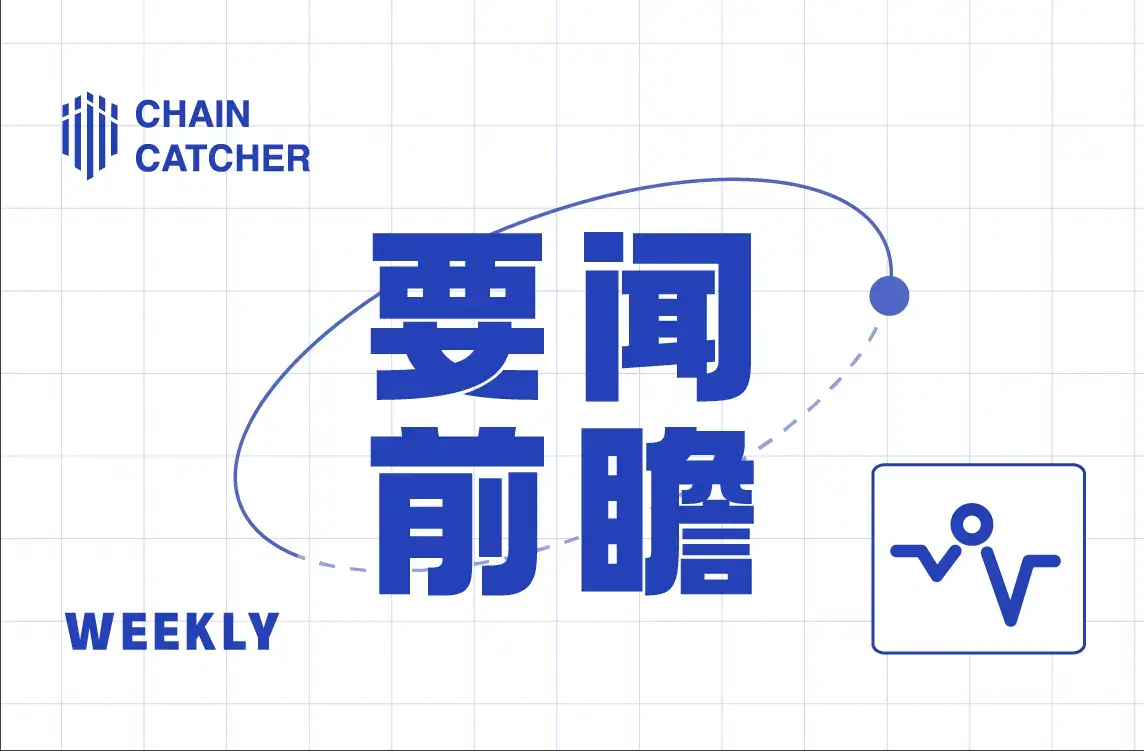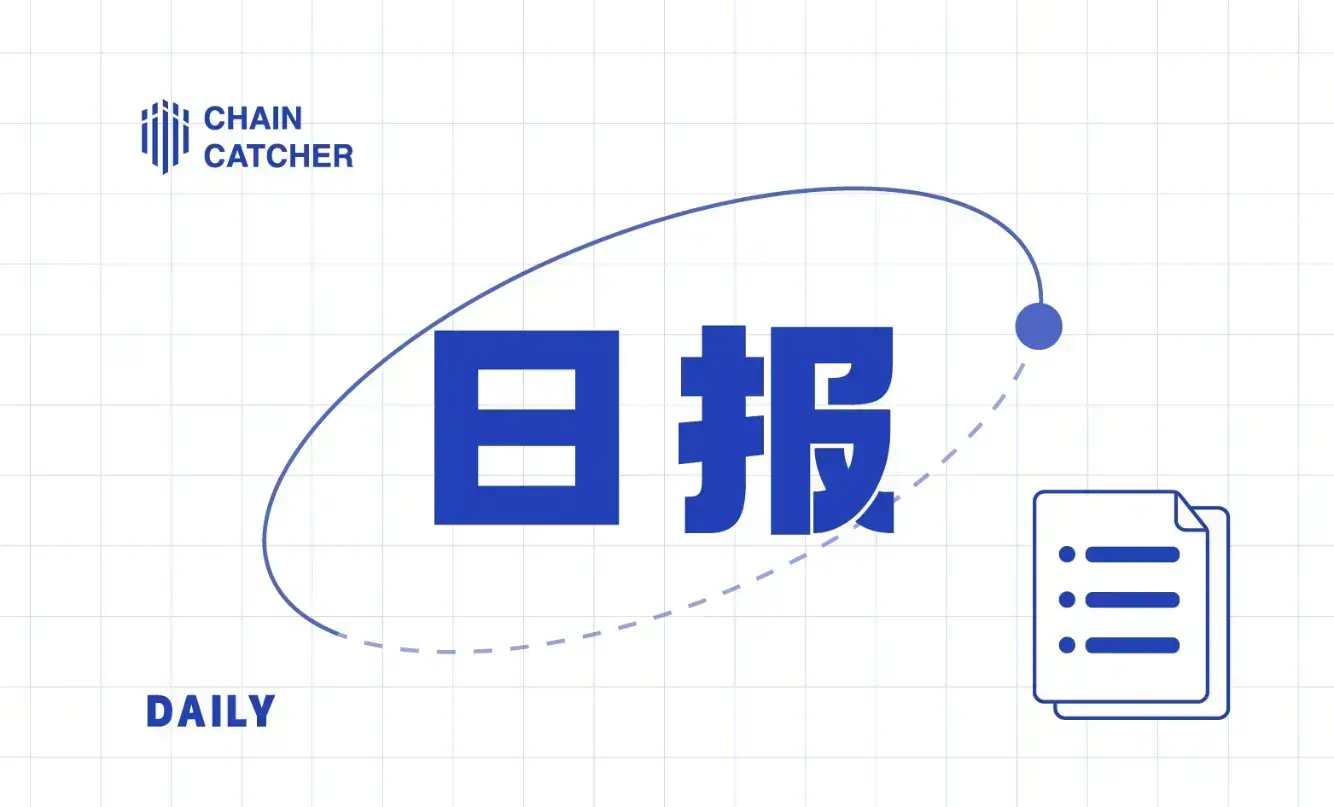Should we revere the exploration of PBS as sacred?
Podcast Source: 《Uncommon Core 2.0》
Hosts: Hasu, Strategic Lead at Flashbots, Jon Charbonneau, Co-founder and Managing Partner at DBA
Compiled by: Rhythm BlockBeats
Hasu and Jon invited Mike Neuder from the Ethereum Foundation and Chris Hager from Flashbots to discuss the design philosophy of proposer-builder separation (PBS). They first delved into the past and present implementations of PBS, including MEV-Geth and MEV-Boost on Ethereum. Then they discussed the future of PBS - whether PBS should be sanctified, the protocol-enforced proposer commitment (PEPC), PBS on L2s, how to prevent censorship, and more. Here are the key points organized by BlockBeats:
PBS, short for Proposer-Builder Separation, is an important concept in blockchain design. It mainly refers to the separation of roles between proposers and block builders in on-chain governance, where proposers are only responsible for proposing, while the complex task of block construction is outsourced to specialized builders. The intention behind this division of labor is to lower the barriers to participation in consensus and make the network more decentralized.
PBS was initially applied during Ethereum's proof-of-work era. At that time, miners could outsource block construction to "searchers" through software like MEV-Geth. Searchers could build optimized blocks that included more transaction fees and share the profits with the miners proposing those blocks. Before the POS merge, due to the limited number of miners, this collaborative approach could establish a certain level of trust through reputation mechanisms. (Note: MEV, Miner Extractable Value, refers to the value that miners can extract.)

The Design Philosophy Behind PBS
From a broader perspective, PBS reflects a pragmatic design philosophy. It recognizes that the specialization and outsourcing needs of blockchain participants are inevitable and attempts to regulate this demand through protocol design, making it fairer and more decentralized. This pragmatic approach to market demands, rather than an idealistic one, is noteworthy.
PBS also showcases the advantages of modular and layered design. It outsources the complex task of block construction to external builders, keeping the core network simple and providing scalability for different application scenarios. This also allows PBS to be applied in Ethereum's scaling solutions and layer two solutions.
Of course, PBS also needs to balance decentralization, stability, regulation, and other aspects. But overall, PBS represents a positive exploration of ideas in blockchain design, aiming to maintain a simple foundational protocol while using economic incentives to guide participants toward specialization, achieving optimal task allocation, and making the entire network healthier. The design philosophies behind PBS will also find more applications in other public chains, driving the industry forward.
As Ethereum's POS merge approaches, PBS has become the focus of community attention. To this end, Flashbots launched MevBoost as the first implementation of PBS. It introduces the role of a "relay" as an intermediary between proposers (mainly validators) and builders. The relay's role is to ensure that the fees paid by builders to validators are not stolen by proposers, while also ensuring that validators do not commit to using a block before seeing its actual content. Currently, about 95% of Ethereum validators obtain blocks through relays in MevBoost.

Advantages of PBS
The greatest advantage of PBS is that it allows the network to remain relatively simple and decentralized. Without PBS, validators would need to construct blocks themselves, which would undoubtedly raise the barriers to entry and lead to network centralization. On the other hand, PBS also allows the network to leverage the expertise of builders to optimize block efficiency. For example, PBS can assist in achieving on-chain scalability by outsourcing the complex work of block construction to builders, significantly reducing the workload for validators.
However, PBS also has certain issues. The main concern is the excessive centralization of the relay role. Currently, only 8-10 relays provide most PBS services for the Ethereum network. These relays, operated by centralized entities, could pose a threat to network stability. Additionally, PBS may also bring certain legal and regulatory issues, as relevant parties need to bear the responsibility for transaction censorship.
Built-in PBS: Solution or New Problem?
To address this, the Ethereum Foundation is exploring how to incorporate certain forms of PBS into the Ethereum protocol, known as built-in PBS (Enshrined PBS). The goal of built-in PBS is to reduce reliance on relays, with the most basic requirement being a commitment-reveal mechanism and an unconditional payment mechanism. The former ensures that validators commit to using a block before seeing its actual content, while the latter ensures that payments can be executed normally even if builders do not reveal the block content.
Of course, built-in PBS also faces many technical challenges, which may introduce new complexities and uncertainties. On the other hand, even with the introduction of built-in PBS, certain forms of external relay services may still exist, as they can provide more flexible payment methods, delayed optimization, and other additional services. Therefore, whether built-in PBS can completely resolve the issues of external relays remains a topic of debate.
Meanwhile, PBS is also being used in the design of Ethereum's layer two scaling networks. Compared to the Ethereum mainnet, layer two networks offer greater design space and flexibility, allowing for different forms of PBS. For example, layer two networks can limit the number of sequencers and establish clearer block ordering rules based on their own needs. Therefore, the specific implementation of PBS in layer two networks may differ significantly from that in the mainnet. But overall, the application of PBS in layer two networks is also highly anticipated.










